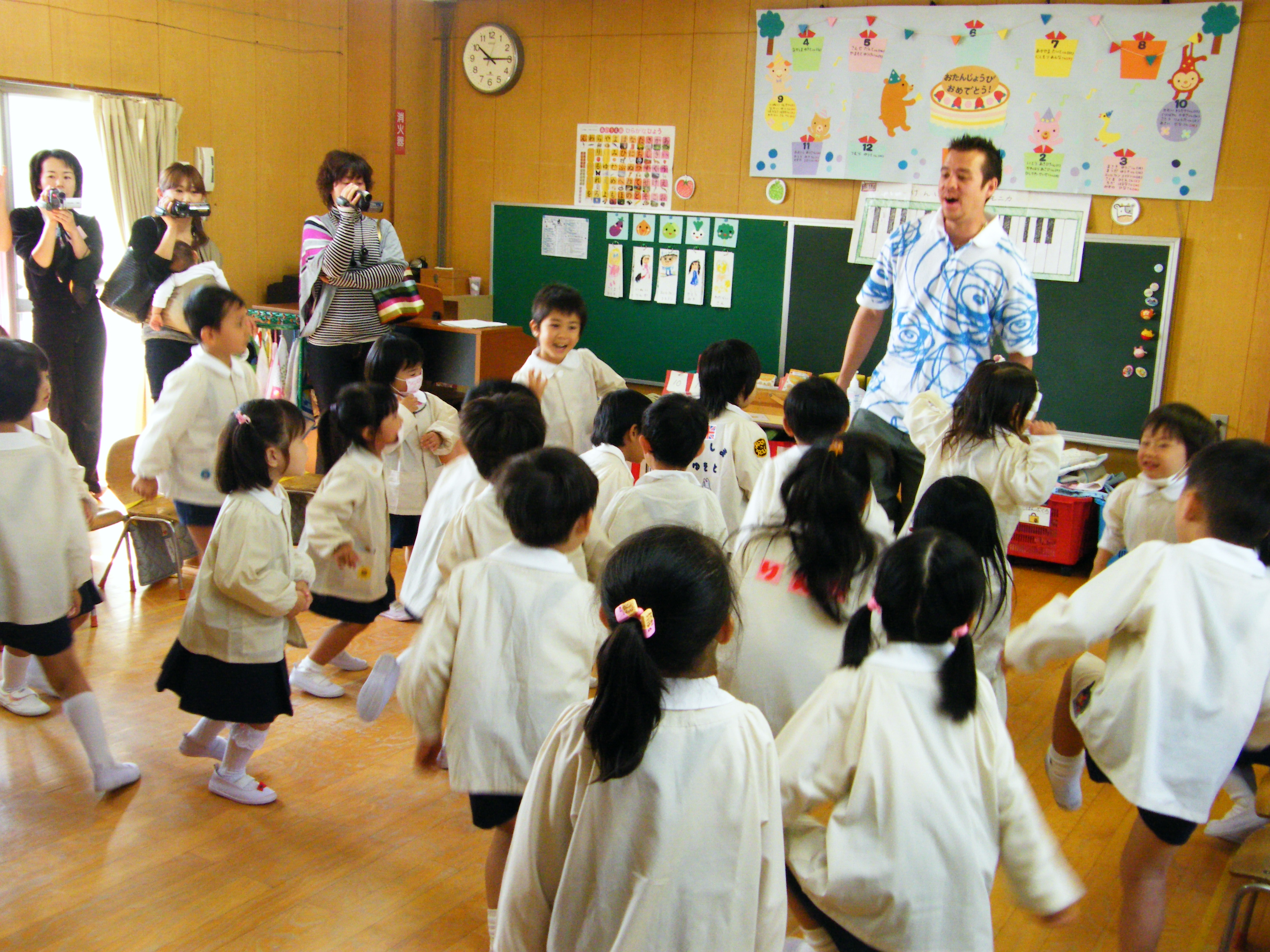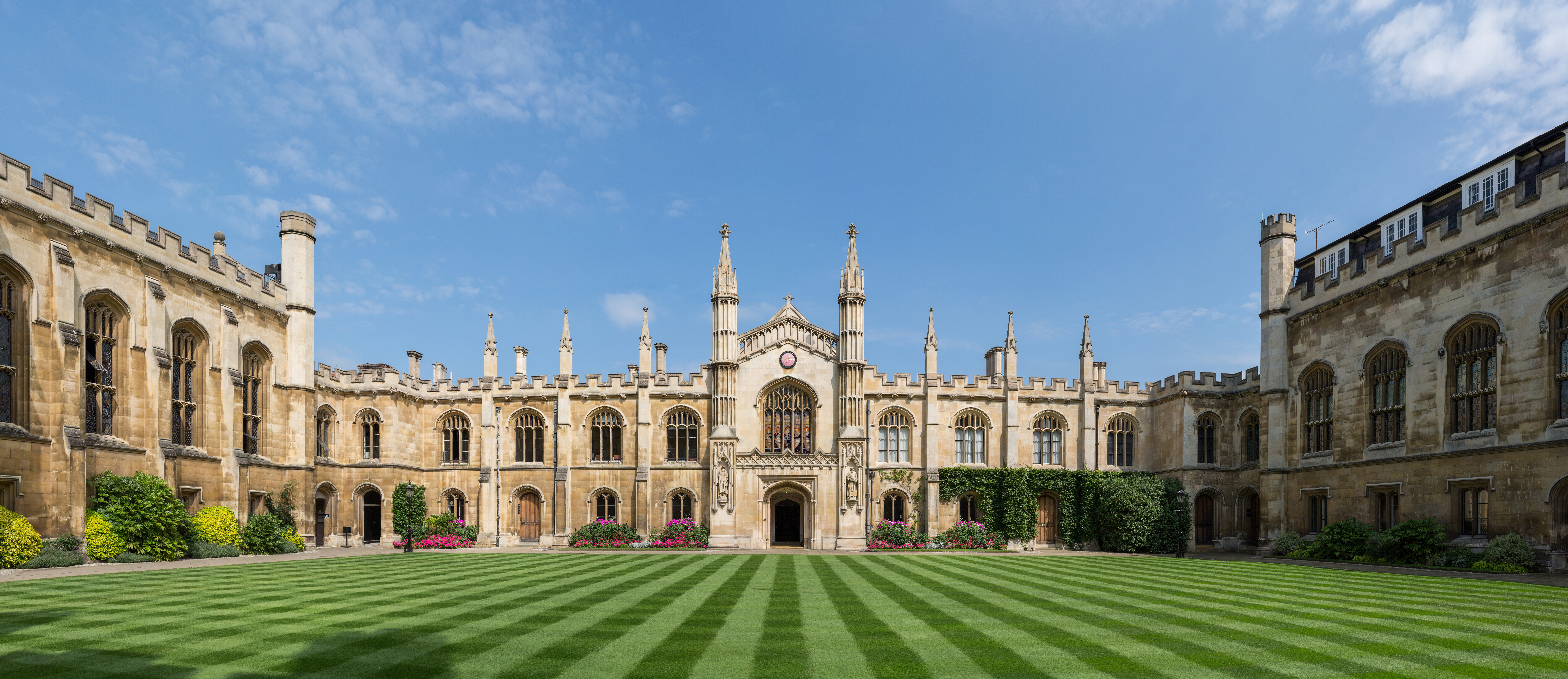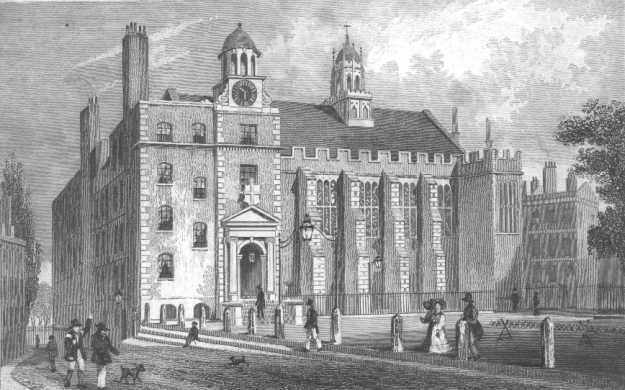|
Nistarini Women's College
Nistarini (Women's) College, established on 17 August 1957, is the oldest women's college in Purulia district, West Bengal, India. It offers undergraduate courses in arts and sciences. It is affiliated to Sidho Kanho Birsha University and accredited by National Assessment and Accreditation Council with an A grade. The current principal is Dr. Indrani Deb. History This college was established in Purulia to promote women's higher education in Purulia district and its surrounding areas. The idea of establishing this kind of institution is conceptualized in the Summer House of Deshbandhu Chittaranjan Das, a pioneer in India's Freedom Movement. The college started on 17 August 1957 in a rented house called "Swapan Puri" at Ranchi road, Purulia. The foundation stone was laid by then-president of India Dr. Rajendra Prasad and the college shifted to its original abode on 16 April 1958. The founder was Sri. Jimut Bahan Sen (founder president). Sri Bhuban Mohan Das and Smt. Nistarin ... [...More Info...] [...Related Items...] OR: [Wikipedia] [Google] [Baidu] |
Public College
A public university or public college is a university or college that is in state ownership, owned by the state or receives significant government spending, public funds through a national or subnational government, as opposed to a private university. Whether a national university is considered public varies from one country (or region) to another, largely depending on the specific education landscape. Africa Egypt In Egypt, Al-Azhar University was founded in 970 AD as a madrasa; it formally became a public university in 1961 and is one of the oldest institutions of higher education in the world. In the 20th century, Egypt opened many other public universities with government-subsidized tuition fees, including Cairo University in 1908, Alexandria University in 1912, Assiut University in 1928, Ain Shams University in 1957, Helwan University in 1959, Beni-Suef University in 1963, Zagazig University in 1974, Benha University in 1976, and Suez Canal University in 1989. Kenya ... [...More Info...] [...Related Items...] OR: [Wikipedia] [Google] [Baidu] |
List Of Institutions Of Higher Education In West Bengal
Institutes of Eminence (IoE) * Indian Institute of Technology Kharagpur Central Universities Centrally Funded Technical Institutes * Ghani Khan Choudhury Institute of Engineering & Technology, Maldahttps://turing.iitpkd.ac.in/web/wp-content/uploads/2017/11/CFTI.pdf * National Institute of Technical Teachers' Training and Research, Kolkata Research Institutes Institute of National Importance Deemed universities National Law University State Universities Private Universities Medical & Dental Colleges Dental colleges * Burdwan Dental College and Hospital * Dr. R. Ahmed Dental College and Hospital * Guru Nanak Institute of Dental Sciences and Research * Haldia Institute of Dental Sciences and Research * Kusum Devi Sunderlal Dugar Jain Dental College and Hospital * North Bengal Dental College and Hospital AYUSH Institutions Homeopathic Ayurvedic * Raghunath Ayurved Mahavidyalaya and Hospital * Rajib Gandhi Ayurvedic Med ... [...More Info...] [...Related Items...] OR: [Wikipedia] [Google] [Baidu] |
Women's Universities And Colleges In West Bengal
A woman is an adult female human. Prior to adulthood, a female human is referred to as a girl (a female child or adolescent). The plural ''women'' is sometimes used in certain phrases such as "women's rights" to denote female humans regardless of age. Typically, women inherit a pair of X chromosomes, one from each parent, and are capable of pregnancy and giving birth from puberty until menopause. More generally, sex differentiation of the female fetus is governed by the lack of a present, or functioning, SRY-gene on either one of the respective sex chromosomes. Female anatomy is distinguished from male anatomy by the female reproductive system, which includes the ovaries, fallopian tubes, uterus, vagina, and vulva. A fully developed woman generally has a wider pelvis, broader hips, and larger breasts than an adult man. Women have significantly less facial and other body hair, have a higher body fat composition, and are on average shorter and less muscular than men. Througho ... [...More Info...] [...Related Items...] OR: [Wikipedia] [Google] [Baidu] |
Academic Institutions Formerly Affiliated With The University Of Burdwan
An academy ( Attic Greek: Ἀκαδήμεια; Koine Greek Ἀκαδημία) is an institution of secondary or tertiary higher learning (and generally also research or honorary membership). The name traces back to Plato's school of philosophy, founded approximately 385 BC at Akademia, a sanctuary of Athena, the goddess of wisdom and skill, north of Athens, Greece. Etymology The word comes from the ''Academy'' in ancient Greece, which derives from the Athenian hero, '' Akademos''. Outside the city walls of Athens, the gymnasium was made famous by Plato as a center of learning. The sacred space, dedicated to the goddess of wisdom, Athena, had formerly been an olive grove, hence the expression "the groves of Academe". In these gardens, the philosopher Plato conversed with followers. Plato developed his sessions into a method of teaching philosophy and in 387 BC, established what is known today as the Old Academy. By extension, ''academia'' has come to mean the accumulatio ... [...More Info...] [...Related Items...] OR: [Wikipedia] [Google] [Baidu] |
Educational Institutions Established In 1957
Education is a purposeful activity directed at achieving certain aims, such as transmitting knowledge or fostering skills and character traits. These aims may include the development of understanding, rationality, kindness, and honesty. Various researchers emphasize the role of critical thinking in order to distinguish education from indoctrination. Some theorists require that education results in an improvement of the student while others prefer a value-neutral definition of the term. In a slightly different sense, education may also refer, not to the process, but to the product of this process: the mental states and dispositions possessed by educated people. Education originated as the transmission of cultural heritage from one generation to the next. Today, educational goals increasingly encompass new ideas such as the liberation of learners, skills needed for modern society, empathy, and complex vocational skills. Types of education are commonly divided into form ... [...More Info...] [...Related Items...] OR: [Wikipedia] [Google] [Baidu] |
Colleges Affiliated To Sidho Kanho Birsha University
A college (Latin: ''collegium'') is an educational institution or a constituent part of one. A college may be a degree-awarding tertiary educational institution, a part of a collegiate or federal university, an institution offering vocational education, or a secondary school. In most of the world, a college may be a high school or secondary school, a college of further education, a training institution that awards trade qualifications, a higher-education provider that does not have university status (often without its own degree-awarding powers), or a constituent part of a university. In the United States, a college may offer undergraduate programs – either as an independent institution or as the undergraduate program of a university – or it may be a residential college of a university or a community college, referring to (primarily public) higher education institutions that aim to provide affordable and accessible education, usually limited to two-year asso ... [...More Info...] [...Related Items...] OR: [Wikipedia] [Google] [Baidu] |
Education In West Bengal
Education is a purposeful activity directed at achieving certain aims, such as transmitting knowledge or fostering skills and character traits. These aims may include the development of understanding, rationality, kindness, and honesty. Various researchers emphasize the role of critical thinking in order to distinguish education from indoctrination. Some theorists require that education results in an improvement of the student while others prefer a value-neutral definition of the term. In a slightly different sense, education may also refer, not to the process, but to the product of this process: the mental states and dispositions possessed by educated people. Education originated as the transmission of cultural heritage from one generation to the next. Today, educational goals increasingly encompass new ideas such as the liberation of learners, skills needed for modern society, empathy, and complex vocational skills. Types of education are commonly divided into forma ... [...More Info...] [...Related Items...] OR: [Wikipedia] [Google] [Baidu] |
Education In India
Education in India is primarily managed by state-run public education system, which fall under the command of the government at three levels: central, state and local. Under various articles of the Indian Constitution and the Right of Children to Free and Compulsory Education Act, 2009, free and compulsory education is provided as a fundamental right to children aged 6 to 14. The approximate ratio of public schools to private schools in India is 7:5. Education system Up until 1976, education policies and implementation were determined legally by each of India's constitutional states. The 42nd amendment to the constitution in 1976 made education a 'concurrent subject'. From this point on the central and state governments shared formal responsibility for funding and administration of education. In a country as large as India, now with 28 states and eight union territories, this means that the potential for variations between states in the policies, plans, programs and in ... [...More Info...] [...Related Items...] OR: [Wikipedia] [Google] [Baidu] |
National Assessment And Accreditation Council
The National Assessment and Accreditation Council (NAAC) is a government organisation in India that assesses and accredits Higher Education Institutions (HEIs). It is an autonomous body funded by the University Grants Commission and headquartered in Bangalore Bangalore (), officially Bengaluru (), is the capital and largest city of the Indian state of Karnataka. It has a population of more than and a metropolitan population of around , making it the third most populous city and fifth most .... History NAAC was established in 1994 in response to recommendations of National Policy in Education (1986). This policy was to "address the issues of deterioration in quality of education", and the Programme of Action (POA-1992) laid out strategic plans for the policies including the establishment of an independent national accreditation body. Consequently, the NAAC was established in 1994 with its headquarters at Bengaluru. Grading NAAC grades institutes on an eight-grad ... [...More Info...] [...Related Items...] OR: [Wikipedia] [Google] [Baidu] |
Sidho Kanho Birsha University
Sidho Kanho Birsha University (SKBU) is a public state university located in Purulia district of West Bengal, India. It was established under an Act of the West Bengal Legislature on April, 2010. It offers different undergraduate and postgraduate courses in liberal arts. History The university was founded on 6 July 2010 by the Sidho Kanho Brisha University Act, 2010, passed by the West Bengal Legislature. Jagannath Kishore College, Purulia donated 13 acres to the university for the establishment. The university is named for three rebels who put up resistance against British rule: Sidhu Murmu, Kanhu Murmu, and Birsa Munda. Tapati Mukherjee was appointed as the first vice-chancellor of this university. One of the important focus of this university is to promote and protect indigenous culture and language — especially the Santali language. Its post-graduate departments started functioning from the 2011-12 session with 12 academic departments (Bengali, English, Sanskrit, Sa ... [...More Info...] [...Related Items...] OR: [Wikipedia] [Google] [Baidu] |
University Grants Commission (India)
University Grants Commission (UGC) is a statutory body set up by the Department of Higher Education, Ministry of Education, Government of India in accordance to the UGC Act 1956 and is charged with coordination, determination and maintenance of standards of higher education in India. It provides recognition to universities in India, and disbursements of funds to such recognized universities and colleges. The headquarters are in New Delhi, and it has six regional centres in Pune, Bhopal, Kolkata, Hyderabad, Guwahati and Bangalore. A proposal to replace it with another new regulatory body called HECI is under consideration by the Government of India. The UGC provides doctoral scholarships to all those who clear JRF in the National Eligibility Test. On an average, each year is spent on doctoral and post-doctoral fellowships by the commission. History The UGC was first formed in 1945 to oversee the work of the three Central Universities of Aligarh, Banaras and Delhi. Its ... [...More Info...] [...Related Items...] OR: [Wikipedia] [Google] [Baidu] |
Chittaranjan Das
Chittaranjan Das (5 November 1870 – 16 June 1925), popularly called ''Deshbandhu'' (Friend of the Nation), was an Indian freedom fighter, political activist and lawyer during the Indian independence movement and founder-leader of the Swaraj Party in undivided Bengal during the period of British colonial rule in India. His name is abbreviated as C. R. Das. He was closely associated with a number of literary societies and wrote poems, apart from numerous articles and essays. Early life Chittaranjan Das was born in Bikrampur in a well known Baidya"Das"family in the village named "Telirbagh" which is situated in present-day Tongibari upozila of Munshiganj (Bikrampur) district of Bangladesh on 5 November 1870 Family Das family were members of Brahmo Samaj. Chittaranjan was the son of Bhuban Mohan Das, and nephew of the Brahmo social reformer Durga Mohan Das. His father was a solicitor and a journalist who edited the English church weekly, ''The Brahmo Public Opinion' ... [...More Info...] [...Related Items...] OR: [Wikipedia] [Google] [Baidu] |


.jpg)




